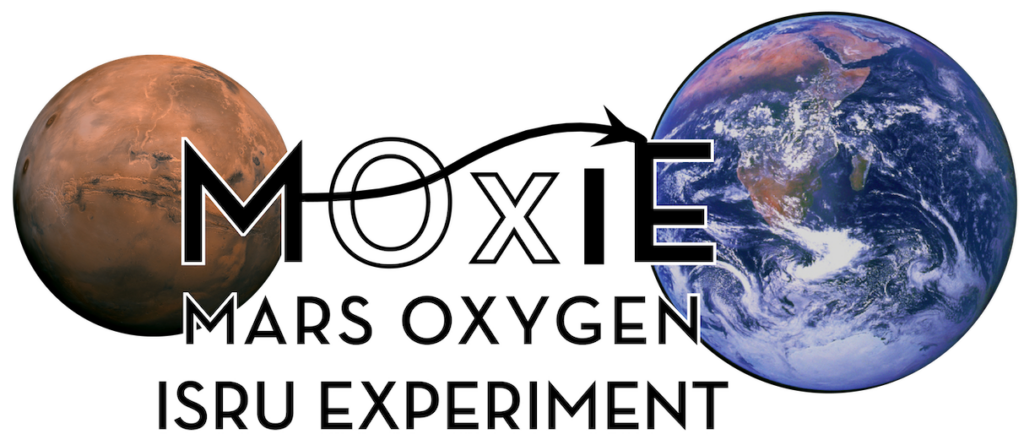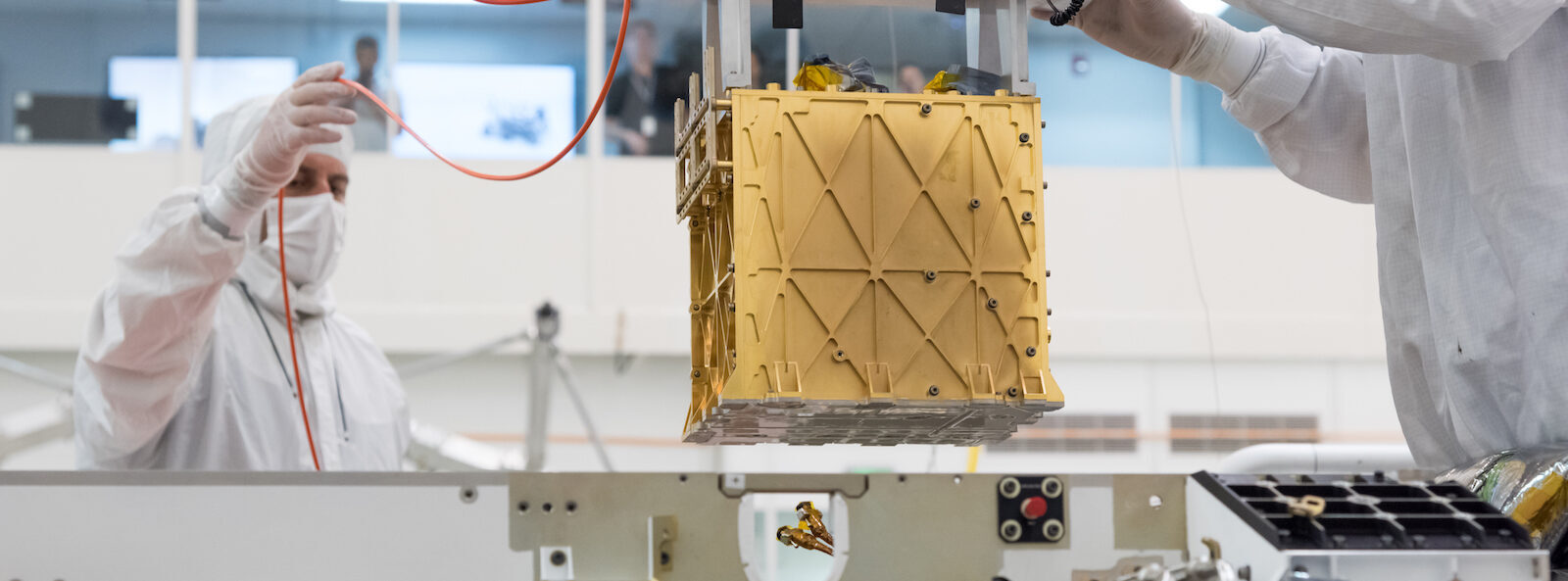
MOXIE: Mars Oxygen ISRU Experiment
Media requests: please email nwk@mit.edu.
MOXIE SUCCESSFULLY PRODUCES OXYGEN FROM MARTIAN ATMOSPHERE
Press release available from MIT.
Press release available from NASA.
MOXIE, the Mars Oxygen ISRU (In-situ Resource Utilization) Experiment, has been in development since the summer of 2014 and was launched with the Mars 2020 mission in July 2020. MOXIE will demonstrate a technique that may allow future explorers to produce oxygen from the Martian atmosphere for propellant and breathing. The oxygen is used to burn the fuel and is several times heavier than the fuel itself, which is why it’s important to concentrate on making the oxygen first.
MOXIE for scientists:
https://mars.nasa.gov/mars2020/spacecraft/instruments/moxie/for-scientists/
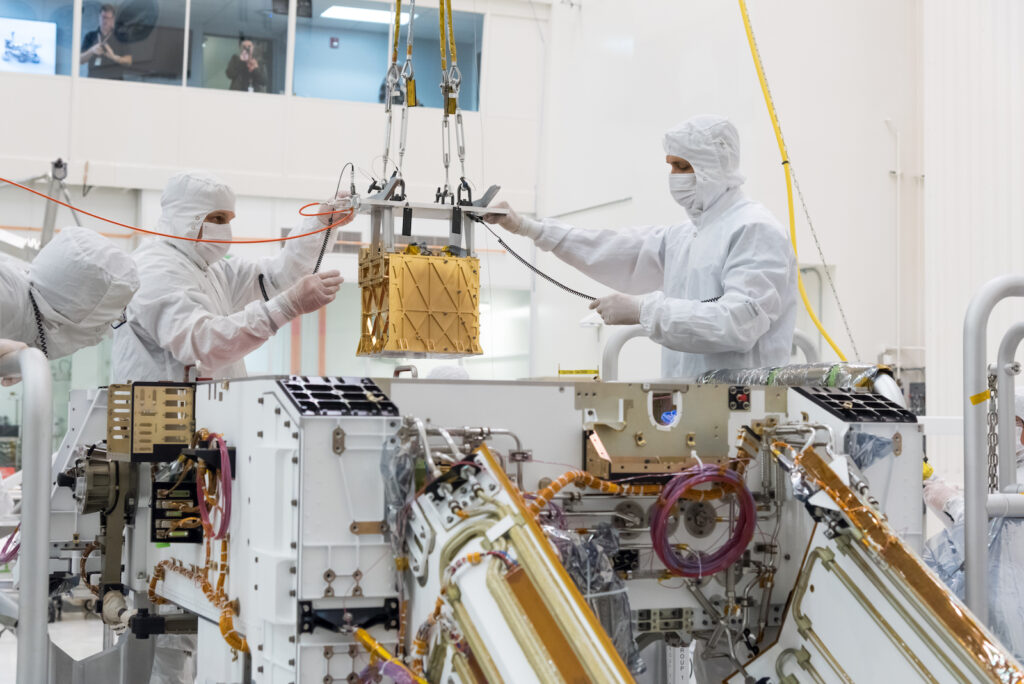
Led by Haystack’s Associate Director Michael Hecht, MOXIE will demonstrate conversion of atmospheric CO2 to oxygen on the Martian surface, a key capability of any future human Mars mission.
MOXIE (aka “The Oxygenator”) is a 1:200 scale model of an ISRU plant for a human mission. It ingests atmospheric CO2 and produces propellant-grade O2, intended primarily for Mars Ascent Vehicle (MAV) propellant.
MIT, including Haystack and MIT AeroAstro teams, is responsible for overall project leadership, scientific definition, laboratory characterization activities, operations on Mars, and, eventually, interpretation and publication of results.
Technical development of MOXIE hardware at JPL is complete, the instrument has been integrated into the rover and was launched on its way to Mars on Thursday, July 30, 2020.
Haystack project team
- Michael Hecht
- Jason SooHoo
- John McClean
- John Swoboda
- Robert Schaefer
- Christine Alcalde
- Alex Burns
- Chris Eckert
- Michael Poirier
- Ken Wilson
- REU and UROP teams
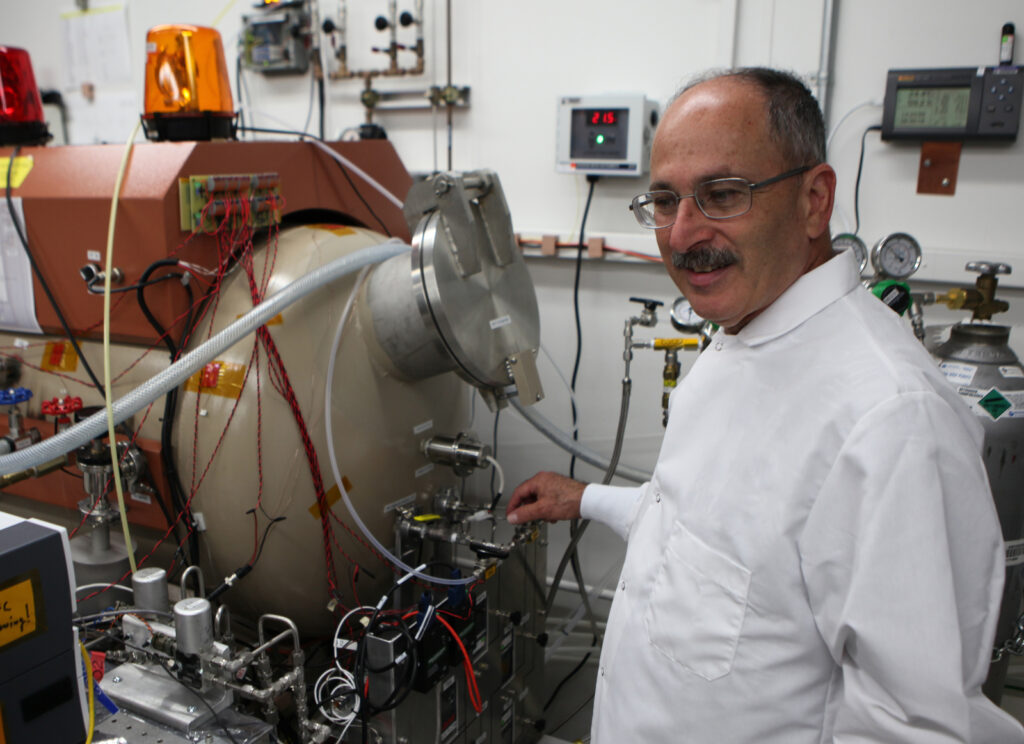
Michael Hecht, MOXIE PI (Photo credit: NASA/JPL-Caltech) 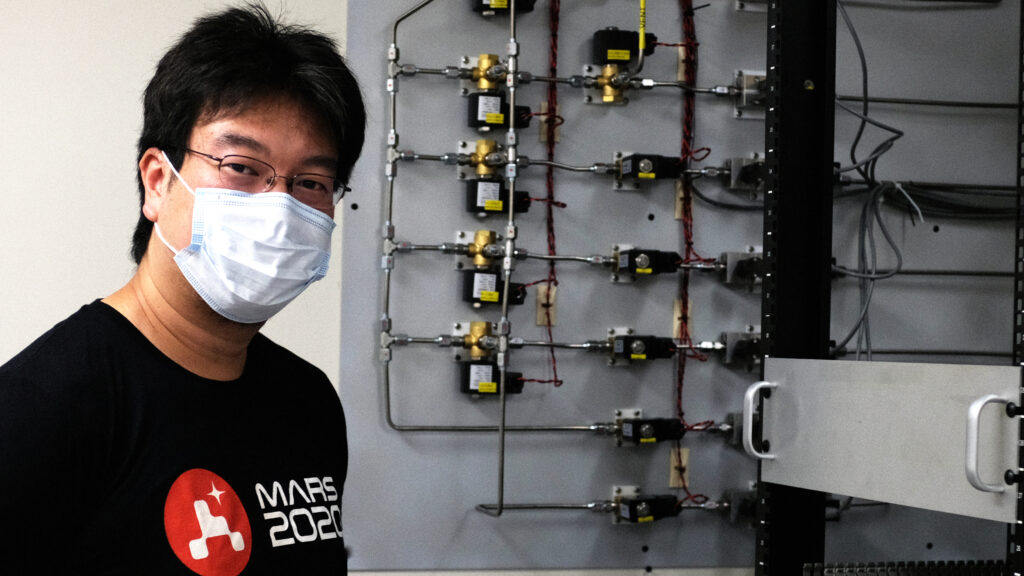
Jason SooHoo, MOXIE Operations Manager
